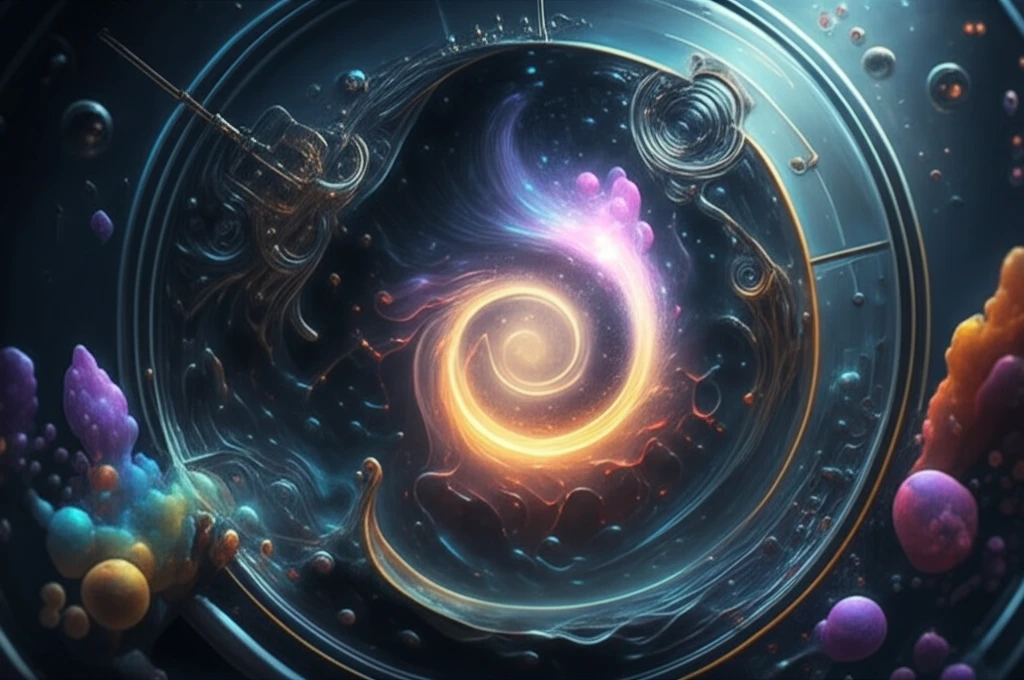
Unlocking the Secrets of Superfluidity: How Quantum Turbulence Could Revolutionize Technology
"Dive into the fascinating world of superfluid helium-3 and quantum turbulence, and discover how understanding Andreev reflection is key to unlocking future tech breakthroughs."
Imagine a substance that flows without any friction, capable of climbing the walls of its container and swirling endlessly without stopping. This isn't science fiction, but a real phenomenon known as superfluidity. Superfluids, like helium-3 at extremely low temperatures, exhibit bizarre quantum behaviors that challenge our everyday understanding of physics. But these aren't just interesting oddities; they hold immense potential for future technological breakthroughs.
At the heart of understanding superfluids is the concept of quantum turbulence – a chaotic state involving quantized vortices, which are like tiny tornadoes swirling within the superfluid. Visualizing and understanding this turbulence is no easy task, but scientists are making progress using a technique called Andreev reflection, where thermal quasiparticles (tiny packets of energy) bounce off these vortices, providing a way to 'see' the turbulence.
A recent study combines numerical simulations and experimental observations to shed light on the intricacies of quantum turbulence in superfluid helium-3. By analyzing how quasiparticles are reflected by these vortices, researchers are gaining insights into the fundamental nature of superfluidity and its potential applications.
Decoding Andreev Reflection: A Window into Quantum Turbulence

Andreev reflection is a peculiar quantum phenomenon that occurs in superfluids. In essence, when a quasiparticle encounters a vortex in the superfluid, it can be reflected as a quasihole (a missing quasiparticle), and vice versa. This process is extremely sensitive to the properties of the superfluid flow and the structure of the vortices. Because of this sensitivity, it acts as a near perfect tool, a ‘passive probe’ to examine vortices at very low temperatures. By studying how these quasiparticles are reflected, scientists can create maps of the vortex structures and understand the dynamics of quantum turbulence.
- Visualizing Vortex Structures: Andreev reflection allows for the creation of two-dimensional maps of vortex structures within the superfluid.
- Quantifying Turbulence: The total Andreev reflection is related to the density of vortex lines, providing a measure of the intensity of quantum turbulence.
- Identifying Turbulence Regimes: While distinguishing between different types of quantum turbulence (quasiclassical vs. ultraquantum) using total Andreev reflection alone is difficult, spectral analysis offers some insights.
The Future of Superfluid Technology
While the study of superfluids and quantum turbulence may seem abstract, it has the potential to revolutionize various fields. Superfluid helium-3 is already used in some advanced technologies, such as ultra-sensitive detectors and low-temperature refrigerators. A deeper understanding of these phenomena could lead to even more groundbreaking applications, including ultra-efficient energy storage, quantum computing, and new types of sensors. More research is needed to turn this theory into reality, and open new doors to technology and the world.
